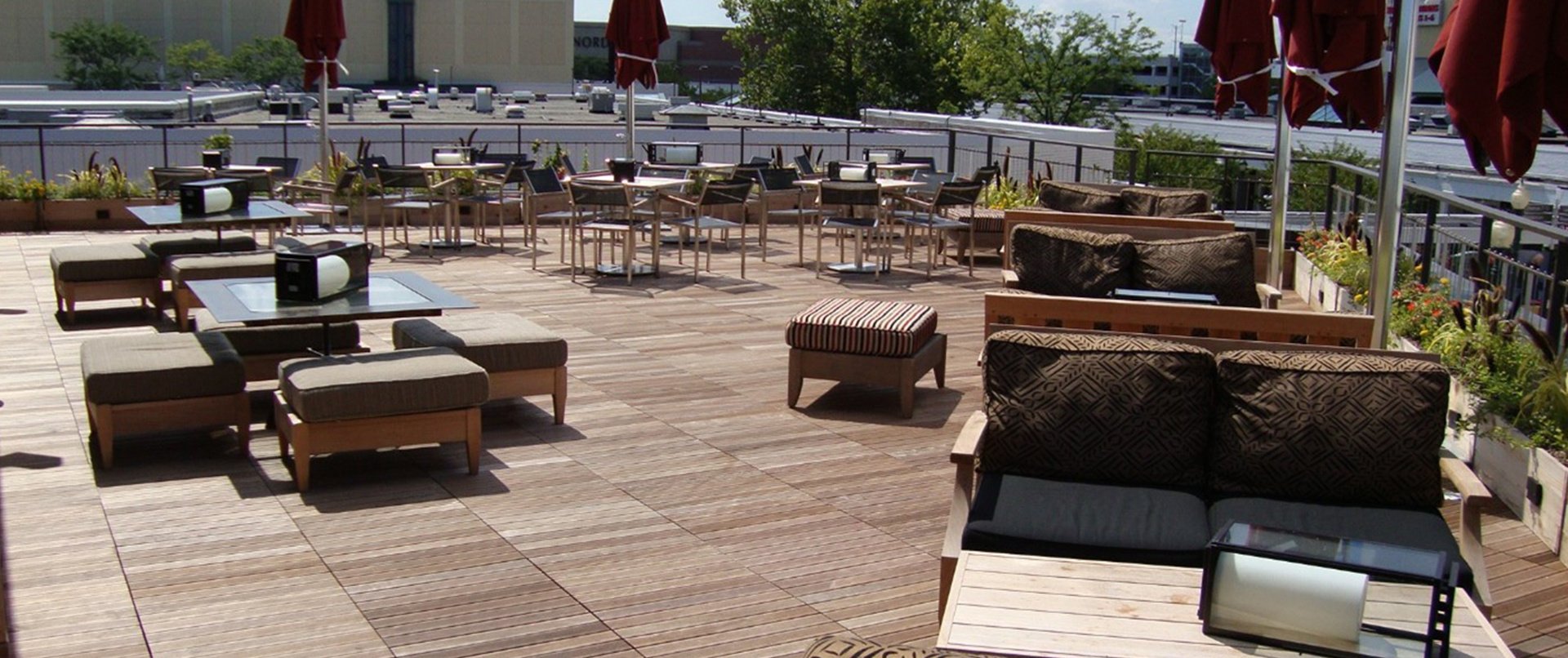If you're in the process of planning a new commercial construction or remodel project, you've probably heard of LEED certification. LEED, which stands for Leadership in Energy and Environmental Design, is the most widely used green building rating system in the world. But what exactly are LEED building requirements, and how can you ensure that your project meets them?
What is LEED Certification?
LEED certification is awarded to buildings that meet certain standards for energy efficiency and sustainability. The process begins with the design and construction teams working together to incorporate green building strategies into the project. Once the project is completed, an independent third-party verified will assess the building to see if it meets all of the necessary criteria.
What are LEED building requirements?
In order to achieve LEED certification, a building must meet certain LEED building requirements set forth by the United States Green Building Council (USGBC). These requirements are based on a number of different factors, which expand to include water and energy efficiency, indoor air quality, and materials used. Let’s take a close look at some of these requirements to see what LEED buildings must do in order to be certified.
Water Efficiency
One of the main goals of the LEED program is to promote water efficiency, and as such, buildings seeking certification must meet certain standards in this area. For example, all LEED-certified buildings must have water-efficient fixtures and irrigation systems. In addition, they must also use gray water or rainwater for at least 20% of their non-potable water needs.
Energy Efficiency
Another goal of the LEED program is to promote energy efficiency in buildings, and there are several requirements that buildings must meet in order to be certified. For example, all LEED-certified buildings must have an energy-efficient heating and cooling system. In addition, they must also use renewable energy for at least 10% of their total energy needs.
Indoor Air Quality
Indoor air quality is important for both the occupants of a building and the environment. To ensure that LEED-certified buildings meet high standards for indoor air quality, they must have an HVAC system that meets ASHRAE 62.1 standards. In addition, they must also use low-emitting materials for all carpets, adhesives, sealants, and paints.
Materials Used
The materials used in a building can have a significant impact on the environment. To promote the use of sustainable materials, LEED-certified buildings must use materials that contain recycled content for at least 10% of their total construction materials. In addition, they must also use rapidly renewable materials for at least 2% of their total construction materials.
Why Get LEED Certified?
There are many benefits to getting a LEED certification for your commercial construction project. First and foremost, it's good for the environment. Green buildings use less water and energy than traditional buildings, which reduces our collective impact on the planet.
In addition, they often incorporate features that improve indoor air quality, like increased ventilation and improved filtration systems. This can lead to healthier occupants and fewer sick days taken.
As an added benefit, green buildings tend to have a higher resale value than traditional buildings; so not only is earning LEED certification good for the planet, it's also good for your bottom line.
Interested in learning more about LEED certification? Check out these additional resources.
Important Notice: Bison Innovative Products recommends that all rooftop deck systems should be installed by a licensed contractor with at least 2 years of proven experience. Plans/designs for a rooftop deck should be reviewed by a safety/structural engineer before commencing construction. The roof must be able to safely carry the static and live load weights of the rooftop deck, and any amenities added along with the appropriate density of any insulation to resist crushing and damaging the waterproof membrane. Adding items such as hardscaping features, hot tubs, or pools to a rooftop deck requires additional guidance and oversight from an engineer. Property owners should research and abide by any building codes and other regulations to obtain the required permits prior to having a rooftop deck installed. Please read all product specifications posted on Bisonip.com to review all information prior to any installation.
.png?width=100&height=100&name=BisonIP-logo-PMS425-2023%20(1).png)



